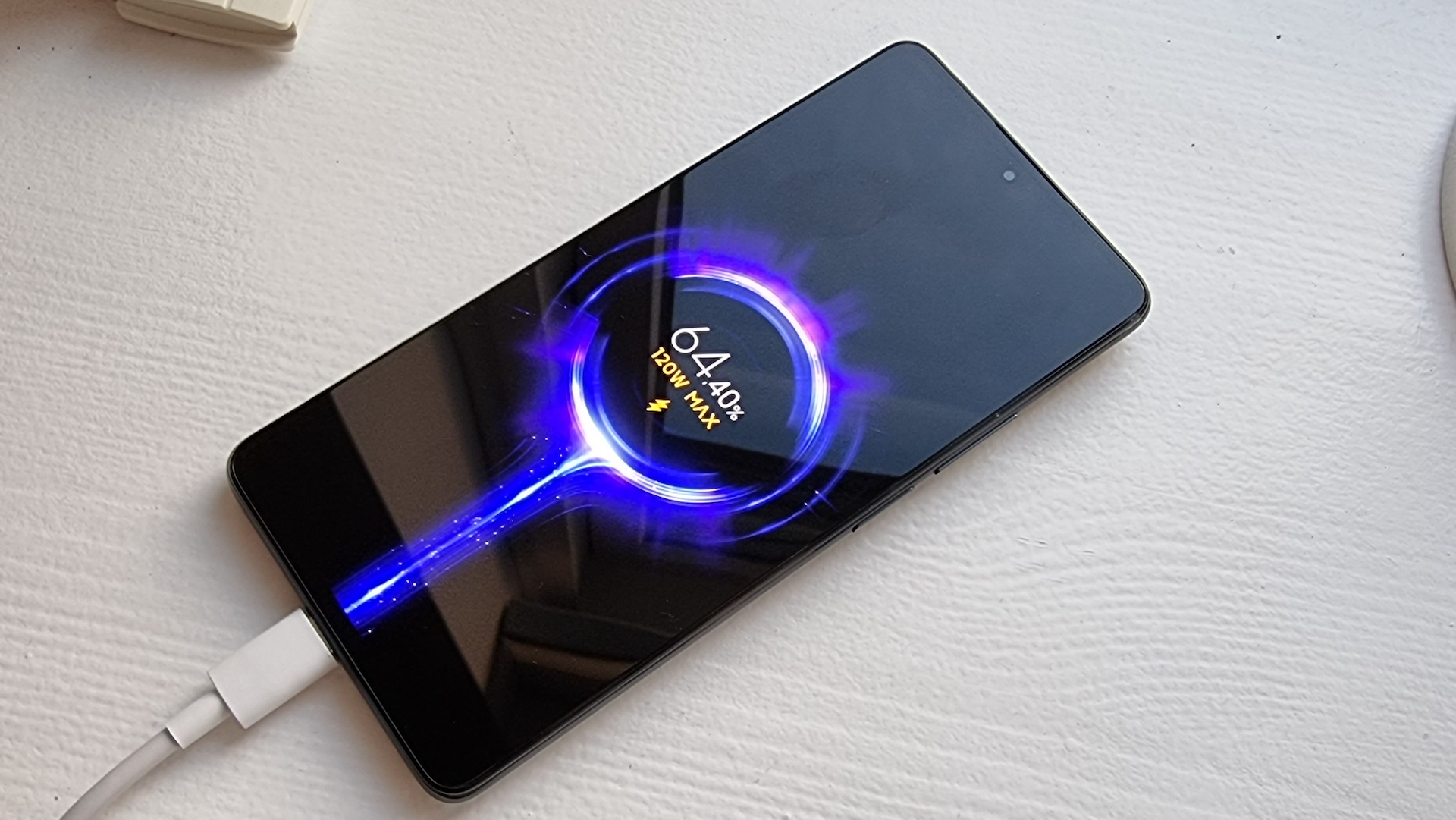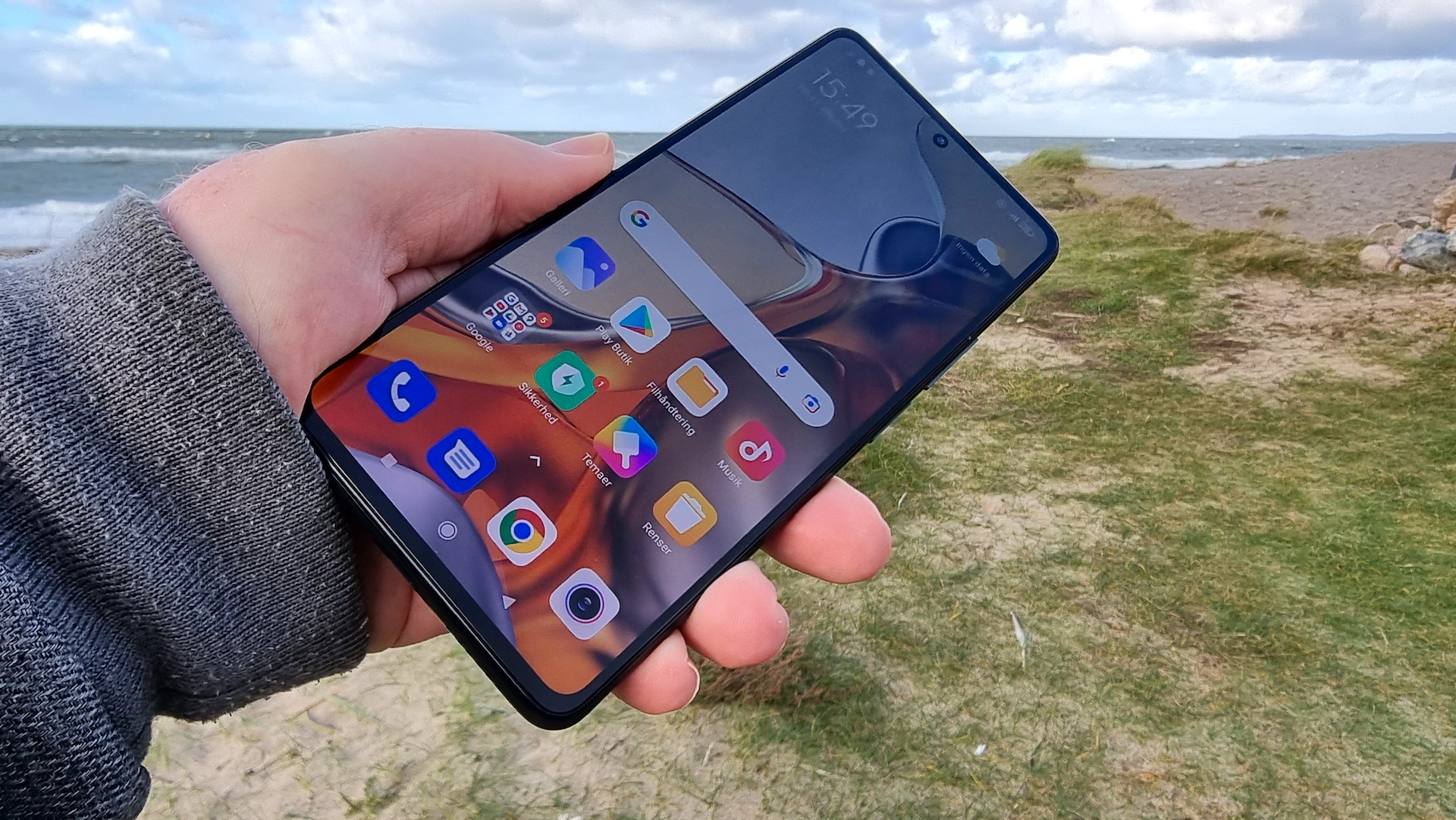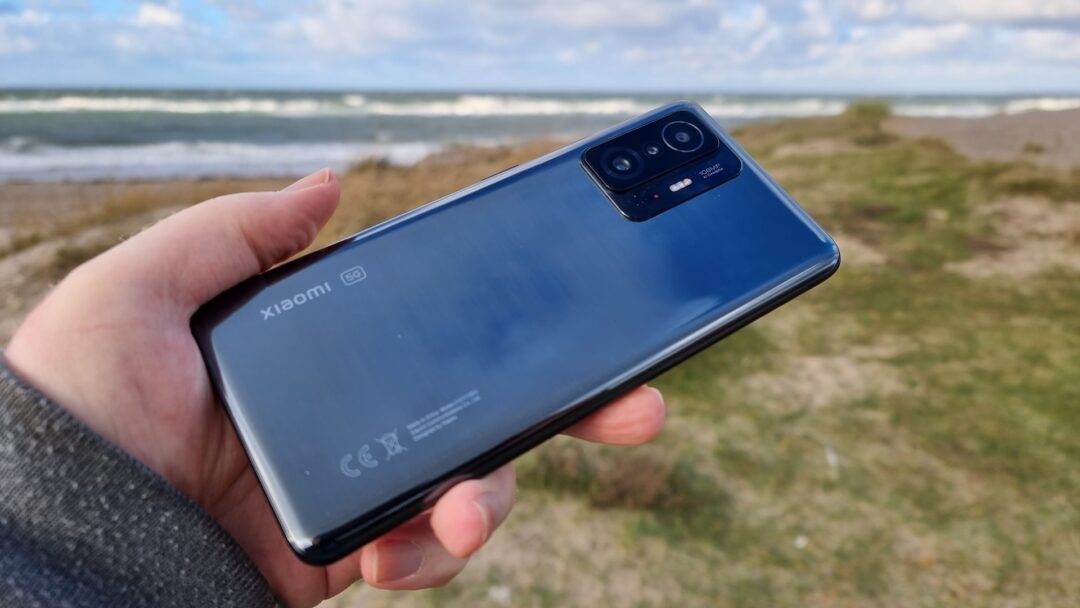Xiaomi has taken the mobile market by storm. From being almost unknown, there are now more and more of the Chinese mobiles in the stores, and we are getting used to saying “Xiaomi” [shaw-mee], just as they once got used to saying “Huawei ”.
We have tested several of Xiaomi’s latest models, including Xiaomi Mi 11 Ultra, Xiaomi Mi 11 and Xiaomi Mi 11 Lite 5G, the latter of which even became Best in Test in our latest group test of mid-range smartphones.
But even though the Mi 11 series came out just before the summer holidays, Xiaomi is already ready with an update. The Mi name has been dropped, so the new models are simply called Xiaomi 11T and Xiaomi 11T Pro, and it’s the latter we now have on the test bench.
Lightning fast charging
Both 11T models have most in common with the predecessor Xiaomi Mi 11, although a heel has been chopped and a toe cut to get the price down.
As mentioned, we look at the Pro model in this test, but it should be mentioned that the 11T Pro is almost identical to the regular Xiaomi 11T. The crucial difference between the two is that there is another and cheaper processor under the helmet – namely a MediaTek Dimensity 1200-Ultra, which is basically the same type of processor that we have already become acquainted with in connection with OnePlus Nord 2. In addition, the Xiaomi 11T must be “satisfied” with 67 watts fast charging.

And why did we put “enough” in quotation marks? 67 watts is pretty wild, innit?
Because the Xiaomi 11T Pro’s biggest advantage is the absolutely, insanely fast charging that is done using the so-called 120W Xiaomi HyperCharge technology. The new technology enables 100 percent charging of the 5000 mAh battery in just 17 minutes, which is achieved through technologies such as dual charge pumps, dual cell battery structure, MTW, graphene coating on the lithium-ion battery and Mi-FC technology. It sounds complicated, but it works in practice – and that even without the Xiaomi 11T Pro getting hot.
On the other hand, the phone must do without wireless charging, but it is one of the crosses you have to carry to keep the price down. In addition, the large battery also holds power so long that partial charging – which is what you moost often use wireless charging for – is not necessary at all.

Screen and sound
Another compromise is the screen, which has both become smaller and has a lower resolution. The Mi 11 came with a 6.81-inch AMOLED screen with WQHD+ resolution (3200 x 1440), which equates to an image sharpness of as much as 515 ppi. In addition, the screen had an adaptive refresh rate of 120 Hz and a maximum brightness of as much as 1,500 nits. In comparison, the Xiaomi 11T Pro has to cope with 6.67 inches, FHD+ resolution (2400 x 1080) and a maximum brightness of 1,000 nits.
However, the screen is still of the AMOLED type, just as it also comes with an adaptive refresh rate of 120 Hz and Gorilla Glass Victus screen glass, so it is by no means bad. The specifications are broadly similar to those for the screen on another Chinese mobile, namely the Motorola Edge 20 Pro, which costs exactly the same as the Xiaomi 11T Pro, so you are not getting cheated.
Like the Xiaomi Mi 11, the 11T Pro comes with built-in stereo speakers and sound, which has been developed in collaboration with Harman Kardon. But this time, Xiaomi has manage to get a better overall sound.

Camera
Like its predecessor, the Xiaomi 11T Pro also comes with a primary camera sensor of a full 108 megapixels. But both the ultra-wide-angle lens and the front-facing camera have fewer megapixels, and none of the lenses come with optical image stabilization anymore. On the other hand, the telemacro lens now has 2x optical zoom, which the Xiaomi Mi 11 did not have.
The camera comes with the same fun extras as both the Mi 11 and Mi 11 Ultra – such as the so-called VLOG feature, which lets you easily create pre-edited video sequences using templates – and also has dedicated night mode, just as artificial intelligence should help you take better pictures.

At some points, the 11T Pro delivers the product beyond all expectations. High-resolution images taken with the 108-megapixel wide-angle lens will be extremely detailed and sharp if taken in good light, just as portraits taken with the front camera will be beautiful and lifelike without too much bokeh effect.
Conversely, the macro function is not as good as on its predecessor, and the night setting is not what you should buy the phone for.
Performance and features
As mentioned, Xiaomi has saved here and there to get the price down on the 11T Pro, but in terms of processor, storage and memory, no expense has been spared.
The Xiaomi Mi 11 was the first smartphone in the world to hit the market with Qualcomm’s Snapdragon 888 processor under its bonnet, and the lightning-fast CPU has also found its way to the 11T Pro, which additionally offers up to 12 gigabytes of LPDDR5 RAM and 256 gigabytes built-in stock. Our test copy came with 8 gigabytes of RAM and, like all models in the series, of course supports both 5G and Wi-Fi 6.

Both in daily use and in benchmark tests, the mobile delivers the goods and is – in terms of raw performance – completely on par with its predecessor, but also with more expensive competitors such as OnePlus 9 Pro, Samsung Galaxy S21 and Sony Xperia 1 III.
Conclusion
Is the Xiaomi 11T Pro a better smartphone than its direct predecessor, the Xiaomi Mi 11? The short answer is no. But is it good for the price? The answer is yes.

Xiaomi did not previously have any mobile in the 11 series in this price range. As mentioned, the Mi 11 cost slightly more, and the next model in the series, the Xiaomi Mi 11 Lite 5G, was less than half of that, so the Chinese have certainly seen a gap in the market in the mid-price range, where the Xiaomi 11T Pro fits perfect ind.
If the price fits your budget for a new smartphone, should you, then, immediately run down to the store to buy the 11T Pro? We clearly say yes, but you should still consider the Motorola Edge 20 Pro, which as mentioned costs exactly the same. It has to do without Xiaomi’s quick charge, but instead has 5x optical zoom, so it ultimately depends on which features you prioritize the most.
For the price, you get at least (almost) a flagship if you are willing to compromise a bit.

We think
120 watt lightning charging is the fastest we have seen. In addition, huge battery, flagship class processor and 108 megapixel camera. And Harman Kardon delivers excellent sound. We could have wished for a higher screen resolution than FHD+. Does not have wireless charging and the camera lacks optical image stabilisation.
599 €
Specifications
- Operating system: Android 11 + MIUI 12.5
- Screen: 6.67″AMOLED 120 Hz, FHD + (2400 x 1080), 395 ppi
- Processor: Snapdragon 888 + Adreno 660 GPU
- Memory: 8 GB LPDDR5 RAM / 256 GB storage (UFS 3.1)
- Cameras: 108 MP f/1.75 wide angle + 8 MP f/2.2 120° ultra wide angle + 5 MP f/2.4 telemacro (primary) / 16 MP f/2.5 (front)
- Wireless: 5G, Wi-Fi 6, Bluetooth 5.2, NFC, GPS, GLONASS, BeiDou, Galileo
- Dimensions and weight: 164.1 x 76.9 x 8.8 mm / 204 g
- Battery: 5000 mAh, 120 W fast charging
- Web: mi.com
Benchmarks
Geekbench 5: 1.125 (single-core) / 3.604 (multi-core)
AnTuTu 9: 672.640
GFXBench 5.0 T-Rex: 3.396
3DMark Wild Life: 5.883
PCMark Work 3.0: 14.684
Basemark Web 3.0: 634,03
Batteritest: 9:23 hours






